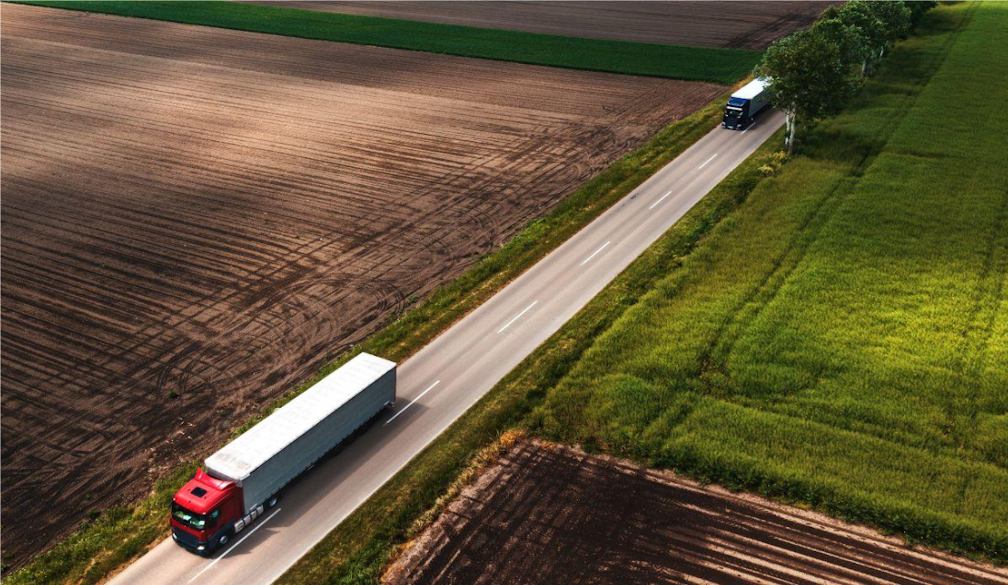Traffic Management: Ensuring Safety and Efficiency in Urban Environments

Traffic management encompasses a range of strategies and practices aimed at controlling and directing the movement of vehicles and pedestrians in a safe and efficient manner. This is increasingly critical in today’s rapidly urbanizing world, where population growth has led to congested road networks, increased accidents, and significant environmental concerns. This article explores the key elements of traffic management, the challenges faced, and strategies for improving traffic flow and safety in urban settings.
The Importance of Traffic Management
Effective traffic management is essential for several reasons:
- Safety: The primary goal of traffic management is to enhance the safety of all road users, including drivers, passengers, cyclists, and pedestrians. By employing various traffic control measures, such as signals, signs, and designated lanes, authorities can reduce the occurrence of accidents and their potentially devastating consequences.
- Efficiency: A well-managed traffic system can significantly improve the efficiency of transportation networks. Efficient traffic flow reduces travel times, lowers vehicle operating costs, and optimizes fuel consumption, ultimately benefiting the economy and the environment.
- Environmental Benefits: Traffic congestion contributes to pollution and greenhouse gas emissions. By managing traffic effectively, cities can minimize stop-and-go driving conditions, which are major contributors to air pollution and can lead to long-term health problems for residents.
- Quality of Life: Reducing traffic congestion enhances the overall quality of life in urban areas. Less time spent in traffic means more time for individuals and families to engage in recreational activities or for businesses to operate efficiently.
Key Components of Traffic Management
- Traffic Control Devices
Traffic control devices include signs, signals, pavement markings, and other tools designed to guide and control road users. These elements are crucial for regulating traffic flow and ensuring safe navigation of intersections, pedestrian crossings, and construction zones.
- Traffic Signals: Automated signals manage the flow of vehicles and pedestrians at intersections, ensuring that traffic moves smoothly and safely.
- Road Signs: Informational, regulatory, and warning signs provide vital information to drivers, indicating speed limits, directions, and potential hazards.
- Pavement Markings: Lines and symbols painted on the road surface guide vehicle movement, indicate lane use, and provide pedestrian crossings.
- Traffic Flow Management Techniques
Different techniques can be applied to optimize traffic flow on roadways:
- Signal Timing Optimization: Adjusting the timing of traffic signals based on real-time data can alleviate congestion during peak hours. Adaptive traffic signals can detect vehicle presence and adjust accordingly.
- Lane Management: Designating specific lanes for certain vehicles (such as buses, high-occupancy vehicles, or bicycles) helps maximize roadway efficiency and promotes public transportation.
- Roundabouts: These circular intersections reduce the need for traffic signals and can improve traffic flow while enhancing safety by minimizing the likelihood of high-speed collisions.
- Traffic Impact Studies
Before implementing new projects or road modifications, conducting traffic impact studies is crucial. These studies analyze potential effects on traffic flow, identify areas of concern, and help inform effective traffic management strategies.
- Public Transportation Systems
Integrating efficient public transit options into urban transportation planning is vital for reducing traffic congestion. Well-developed bus and rail systems encourage people to leave their cars at home, decreasing overall road usage.
- Technology Integration
The advent of smart transportation technologies has revolutionized traffic management:
- Intelligent Transportation Systems (ITS): These systems integrate various technologies to monitor and manage traffic conditions in real-time. For example, adaptive traffic signals, vehicle-to-vehicle communication, and traveler information systems enhance the flow of traffic.
- Mobile Applications: Apps that provide real-time traffic updates and route recommendations can help drivers avoid congested areas, leading to improved travel times for everyone.
Challenges in Traffic Management
Despite the importance of effective traffic management, several challenges persist:
- Increased Vehicle Volume
As urban populations grow and economic activity rises, the number of vehicles on the road continues to increase. This leads to more congestion, increased travel times, and heightened potential for accidents.
- Infrastructure Limitations
Many cities face outdated transportation infrastructure that cannot adequately handle current or projected traffic volumes. Upgrades and expansions can be costly and time-consuming, further complicating the management of traffic flow.
- Funding Constraints
Traffic management initiatives often require substantial investment. Limited budgets can hinder the implementation of necessary improvements, such as enhanced traffic control devices, public transportation options, and smart technologies.
- Behavioral Factors
Driver behavior plays a significant role in traffic management. Distracted driving, aggressive driving, and non-compliance with traffic regulations can undermine even the best traffic management systems.
The Future of Traffic Management
Looking ahead, several trends and innovations are poised to shape the future of traffic management:
- Smart Cities
As cities adopt smart technologies, traffic management systems will capitalize on extensive data collection and analysis to optimize traffic flow and improve safety. Enhanced connectivity between vehicles, infrastructure, and users will lead to better-informed decision-making.
- Sustainable Transportation Solutions
Emphasizing walking, cycling, and public transportation can lead to reduced reliance on vehicles. Cities that invest in sustainable transportation infrastructure and promote their use can effectively decrease traffic congestion and its associated challenges.
- Policy and Regulation Changes
Governments will need to develop and enforce policies that prioritize efficient traffic management, including measures addressing road use, vehicle emissions, and incentives for public transportation usage.
Conclusion
Traffic management is a critical component of modern urban planning, allowing cities to handle the complexities of daily transportation needs while ensuring safety and efficiency. By employing a comprehensive approach that includes traffic control devices, flow management techniques, technology integration, and sustainable solutions, urban areas can mitigate the challenges posed by increasing vehicle volumes. As cities evolve and embrace smart technologies and innovative transportation solutions, effective traffic management will remain essential for fostering safe, efficient, and enjoyable urban environments.

























